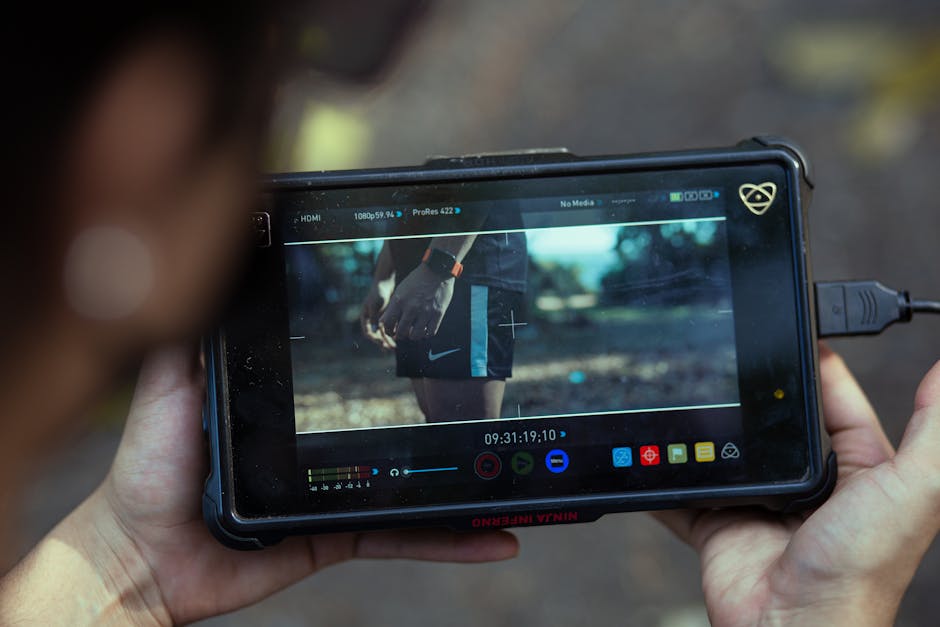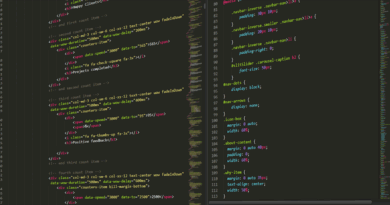Tips for Dynamic Explainer Video Creation
Did you know that people remember 95% of a message when they watch it in a video? This is why explainer videos are so popular. They make complex ideas simple and engaging. If you want to create a dynamic explainer video, you’re in the right place. Lets dive into some helpful tips.
What Makes an Explainer Video Great?

Before we get into the nitty-gritty, lets talk about what makes an explainer video stand out. A great video is clear, concise, and captivating. It tells a story that resonates with viewers. So, how do you achieve this? Here are some essential elements:
- Clear Message: Know what you want to say.
- Engaging Visuals: Use eye-catching graphics.
- Good Storytelling: Create a narrative arc.
- Strong Call to Action: Tell viewers what to do next.
Lets explore these elements more closely.
How Do You Define Your Target Audience?

Understanding your audience is crucial. Who will watch your video? Are they students, professionals, or parents? Knowing your viewers helps you tailor your message.
Start by asking yourself these questions:
- What are their interests?
- What problems do they face?
- How can my product or service help them?
Once you have answers, you can craft a message that speaks directly to them. For example, if your audience is busy parents, focus on how your product saves them time.
Why Is a Strong Script Important?

Your script is the backbone of your explainer video. A strong script keeps viewers engaged. Start with a hook to grab attention. Then, explain the problem, introduce your solution, and finish with a call to action.
Heres a simple structure:
- Hook: Start with a question or a shocking fact.
- Problem: Describe the pain point.
- Solution: Present your product or service.
- Call to Action: Encourage viewers to act.
For example, if you sell a meal kit service, start with: Tired of last-minute dinners? Then, show how your kits can save time and reduce stress.
What Role Do Visuals Play?

Visuals help tell your story. They make your message clear and engaging. Use animations, images, or live-action footage to illustrate your points. Choose a style that fits your brand and resonates with your audience.
Consider these visual tips:
- Consistency: Use a consistent color scheme and font.
- Clarity: Make sure visuals are easy to understand.
- Relevance: Ensure every image or animation supports your message.
For instance, if you’re explaining how to use your app, show the app interface in action. This helps viewers visualize the steps.
How Important Is Audio Quality?
Good audio can make or break your video. Poor sound quality distracts viewers and can lead to misunderstandings. Invest in a decent microphone and ensure clear voiceover work. Background music can also enhance the mood.
Here are some audio tips:
- Clear Voiceover: Speak clearly and at a steady pace.
- Background Music: Choose music that fits the tone of your message.
- Sound Effects: Use sparingly for emphasis.
For example, if your video is about a fun product, upbeat music can create a lively feel. If it’s serious, choose something more subdued.
What Makes a Compelling Call to Action?
A call to action (CTA) is crucial. It tells viewers what to do next. Make your CTA specific and easy to follow. Whether it’s Visit our website or Sign up for a free trial, clarity is key.
Here are some tips for crafting a strong CTA:
- Be Direct: Use clear language.
- Incentivize: Offer a benefit, like a discount.
- Keep It Simple: don’t overwhelm with choices.
For instance, instead of saying Learn more, say Download your free guide now! This creates urgency.
How Can You Optimize for Different Platforms?
Different platforms have different best practices. A video for Instagram might be shorter and more visual, while YouTube can accommodate longer content. Tailor your video for each platform to maximize impact.
Consider these platform-specific tips:
- Instagram: Create vertical videos and keep them under 60 seconds.
- YouTube: Aim for 2-3 minutes; include chapters.
- Facebook: Use captions since many watch without sound.
By adapting your content, youll reach more viewers effectively.
What Are Common Mistakes to Avoid?
Even seasoned creators can make mistakes. Here are some common pitfalls to watch out for:
- Too Long: Keep it under two minutes.
- Complex Language: Use simple words.
- Neglecting CTA: Always include one!
By avoiding these mistakes, youll create a more effective video.
How Do You Measure Success?
Once your video is live, how do you know it’s working? Measure success through analytics. Look at views, engagement, and conversion rates. These metrics will show how well your video is performing.
Here are some key metrics to track:
- View Count: How many people watched it?
- Engagement Rate: How many liked or shared it?
- Conversion Rate: Did viewers take the action you wanted?
Use this data to improve future videos. Learn what works and what doesnt.
What Are Your Next Steps?
Creating a dynamic explainer video can seem daunting, but with these tips, you’re well on your way. Remember to focus on your audience, craft a strong script, and invest in quality visuals and audio. Test different platforms and measure your success.
Ready to get started? Begin with a clear message and a captivating script. Your audience is waiting!
For more detailed tips on video marketing strategies, check out this video marketing guide from HubSpot.
And if you want to dive deeper into storytelling techniques for videos, visit our related post on storytelling in video creation.
With these tips in hand, your explainer video will not only inform but also inspire action. Happy creating!



